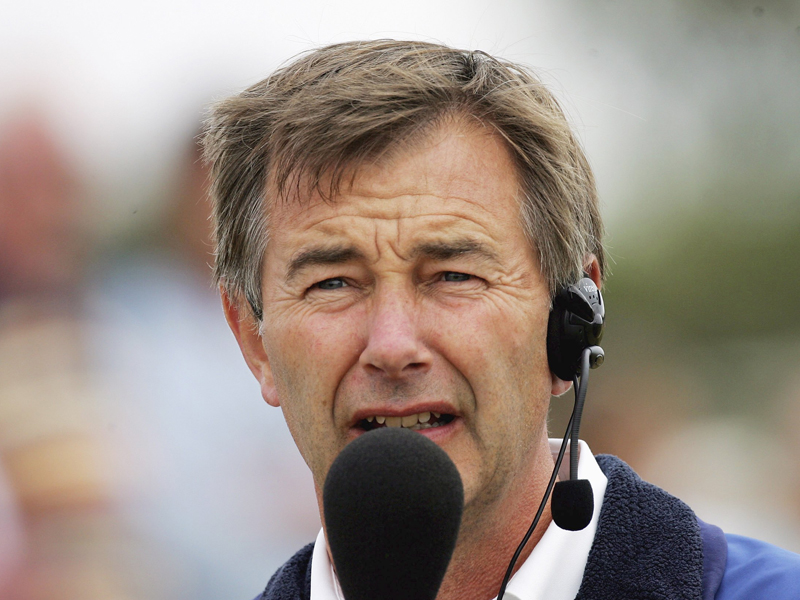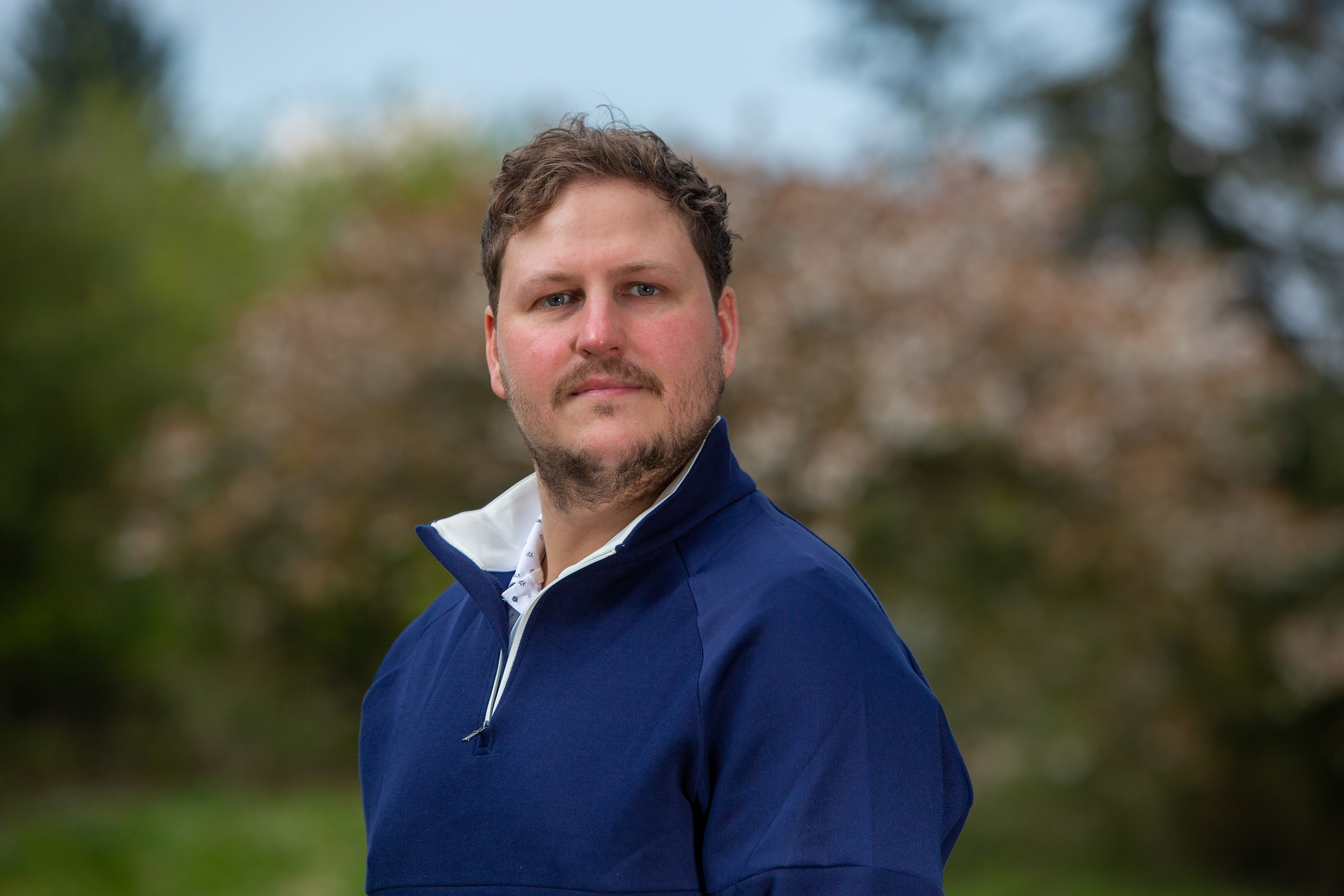The big interview: Ken Brown
Ken Brown discusses an eventful professional career, life as a broadcaster and more


Ken Brown discusses an eventful professional career, the modern game, life as a broadcaster and his new book
It must have been a whirlwind, going from greenkeeper to Ryder Cup player so rapidly?
I left school when I was 17. I’d fallen in love with golf about five years earlier. When Tony Jacklin won The Open in 1969, I thought: “I’m going to do my utmost to get as good as I can.” And when I say utmost, I mean all day, every day. I left school halfway through my A-levels and worked for three or four months as a greenkeeper at Harpenden Common. I then got a job as an assistant pro at Verulam. There, I was able to really practise and play in some of the local professional events. I won some good ones and Ken Schofield, the executive director of the European Tour, said he’d allow me to try and qualify for four events as a trial. I did four trial tournaments at the end of 1975 and did okay, so they gave me clearance to try to qualify for as many events as I wanted to in 1976.
And how did you fare in that first full season?
I didn’t play very much, because I really wanted to prepare well for those events that I entered. I played about 12 events but did enough to get into the top 60, which gave me an exemption for the following year. In 1977, I made the Ryder Cup team. It was GB&I back then, but it was a proud achievement. I was a captain’s pick, along with Mark James, which was the greatest surprise of my life. I didn’t think there was a chance in a thousand that Brian Huggett would pick me. I’m eternally grateful that he saw the potential.
You played in the famous Ryder Cup of 1985...
We got a pasting in 1979, the first time the Europeans played. In ’83, we could have, and perhaps should have, won, but that motivated everyone going into The Belfry in ’85. It felt like now-or-never. We had the likes of Sandy Lyle, Seve and Bernhard Langer, who were all Major champions. We won reasonable comfortably in the end. It was the first time we had that belief that we were the same as, if not better, than the Americans.
Subscribe to the Golf Monthly newsletter to stay up to date with all the latest tour news, equipment news, reviews, head-to-heads and buyer’s guides from our team of experienced experts.
And then you played in the away win in ’87...
It was the strongest side we’d ever had to that point and there was nobody on the team who wasn’t in some sort of form. It was scary how well Faldo and Woosnam played. Seve and Olazabal struck up this brilliant partnership. That win was massive for the Ryder Cup, the European players and the European Tour. We’d proved we could win on American soil. The mindset shifted after that. Recent success all stems from then.
You’ve been labelled as an outstanding but largely unfulfilled talent. Is that fair?
I don’t think there’s many people who could say they played five Ryder Cups between the ages of 20 and 30. I didn’t win as often as I should have in Europe, but I won a few times, and I won on the PGA Tour. I could have done better, but it wasn’t a bad effort. I’m not sure I agree, but I can understand why someone might think that.
What about the transition into commentary?
I didn’t know what I was going to do when I stopped playing. I qualified as a PGA pro and I did some course design, and that’s probably where I was heading. I had aspirations to have my own design business. Then Sky Sports asked me if I’d like to do some studio work as they’d just bought the PGA Tour rights. I did Sky for seven years until 1999, then the BBC asked me if I was interested in doing something for them. After considerable deliberation, I took the job. It was a bit of a punt, because what’s happened now could have happened ten years ago.
Any broadcasting howlers over the years?
I was out in the Far East doing a tournament for Sky. In those days, I did the presentation at the end of the tournament. One of the local fellows had won and our floor manager told me he spoke perfect English. But he didn’t have a word. I was asking him questions on air and he didn’t have a clue what I was saying. Meanwhile, everyone was laughing in my ear saying “we got you there!”
You must have some tremendous memories from your time working with Peter Alliss…
He’s a one off. He’s truly unique. He doesn’t blither on about statistics; in fact, they just annoy him! He’s got a very perceptive eye and his sense of timing is impeccable. If he has something he wants to say, he’ll wait until the moment is just right. He’s the last in the BBC’s era of master commentators.
You’ve just released a book, One Putt: The Ultimate Guide to Perfect Putting. How did this project come about?
I had a good short game and was always a decent putter. One year, I finished behind Ben Crenshaw on the PGA Tour putting stats and was voted best putter on the tour in the late ’70s by the membership. When I stopped, I thought: “If I get a chance I’m going to write a book on putting.” I started writing notes in about 2003, and this went on for a few years, so I ended up with a huge pile of notes. I decided to put them into some sort of order, so I devised the ‘putting ladder’, from buying a putter and the set-up to reading greens and tips and drills. So there’s a narrative that runs through the book.
Related - One Putt: the Ultimate Guide to Perfect Putting review
What are your key putting observations?
With handicap golfers, there’s often a lot of unnecessary movement. If you’re going to hit the sweet spot as often as you can, you need to be as still as possible. It’s a bit like a snooker player trying to hit the white. Most of the game’s best putters, past and present, have a lot of things in common: their palms face each other, and the right palm faces the target line; they all have a steady base; their heads don’t move until the ball is struck and none of them grip the putter very tight.

Nick Bonfield joined Golf Monthly in 2012 after graduating from Exeter University and earning an NCTJ-accredited journalism diploma from News Associates in Wimbledon. He is responsible for managing production of the magazine, sub-editing, writing, commissioning and coordinating all features across print and online. Most of his online work is opinion-based and typically centres around the Majors and significant events in the global golfing calendar. Nick has been an avid golf fan since the age of ten and became obsessed with the professional game after watching Mike Weir and Shaun Micheel win The Masters and PGA Championship respectively in 2003. In his time with Golf Monthly, he's interviewed the likes of Rory McIlroy, Justin Rose, Jose Maria Olazabal, Henrik Stenson, Padraig Harrington, Lee Westwood and Billy Horschel and has ghost-written columns for Westwood, Wayne Riley, Matthew Southgate, Chris Wood and Eddie Pepperell. Nick is a 12-handicap golfer and his favourite courses include Old Head, Sunningdale New, Penha Longha, Valderrama and Bearwood Lakes. If you have a feature pitch for Nick, please email nick.bonfield@futurenet.com with 'Pitch' in the subject line. Nick is currently playing: Driver: TaylorMade M1 Fairway wood: TaylorMade RBZ Stage 2 Hybrid: Ping Crossover Irons (4-9): Nike Vapor Speed Wedges: Cleveland CBX Full Face, 56˚, Titleist Vokey SM4, 60˚ Putter: testing in progress! Ball: TaylorMade TP5x